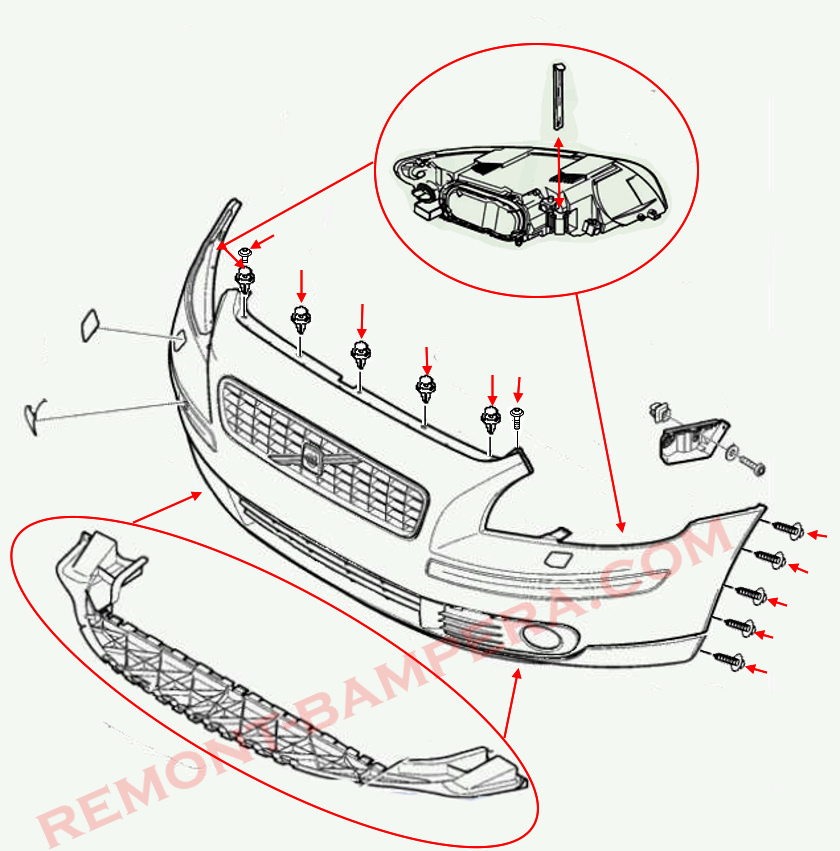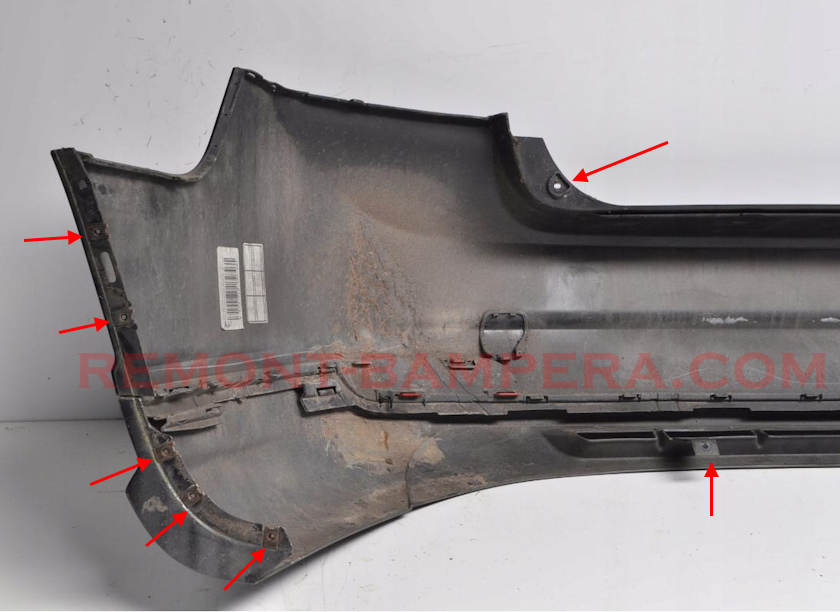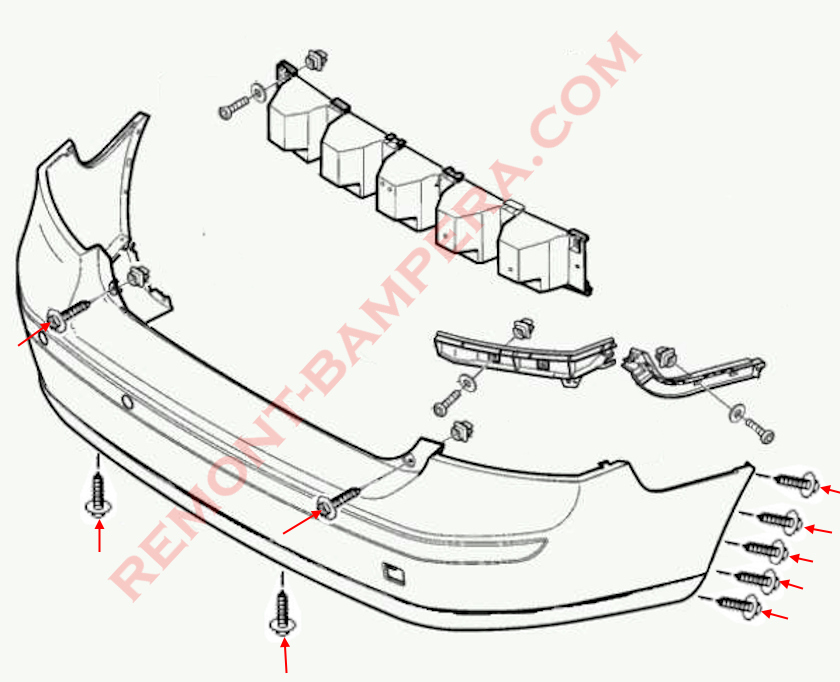Volvo S40/V50 II (2004–2012)
In 2004, Volvo introduced the second generation of its compact models - the S40 sedan and V50 wagon - which became important parts of the brand's lineup. These vehicles combined Volvo's traditional safety and quality with more modern design and improved dynamics. They were built on the Ford C1 platform shared with the second-generation Mazda3 and Ford Focus, allowing cost reductions while maintaining the distinctive "Swedish" character.
Body Types
The second generation was offered in two variants:
- S40: Compact four-door sedan with elegant silhouette and restrained design
- V50: Five-door wagon with larger trunk and more practical layout
Both versions were successful, with the V50 being particularly popular in Europe for its versatility - ideal for both families and active lifestyles.
2007 Facelift
In 2007, Volvo updated the S40/V50 with several changes:
- Exterior: New radiator grille with larger logo, redesigned bumpers, and LED daytime running lights (on some trims)
- Interior: Improved materials, new upholstery options, and more user-friendly multimedia system
- Technical: Expanded engine range including more efficient diesels, and retuned suspension for better handling
The refresh helped these models compete with rivals like the Audi A3, BMW 1 Series, and Mercedes B-Class.
Bumper Material (may vary)
Polypropylene plus ethylene-propylene-diene terpolymer with 20% mineral filler. Marking: >PP+EPDM-TD20<
Front Bumper Removal
- Open the hood
- Remove headlights (easy to take out: lift the retaining bar up, then pull the headlight forward - don't forget to disconnect the connector)
- Unscrew two bolts and remove five clips securing the top part
- Turn wheels for better access
- Unscrew five bolts per side attaching wheel liners to bumper
- If equipped, remove headlight washer covers (they snap off)
- Release clips in wheel arches (pull corners toward you)
- Release clips under headlights (use flathead screwdriver to lift the latch)
- With assistance, pull bumper forward together with lower shield
- Disconnect fog light and temperature sensor connectors (if equipped)


Rear Bumper Removal
- Open trunk
- Unscrew two bolts in trunk area
- Remove two underbody bolts
- In wheel arches, unscrew five bolts per side
- Pull firmly on corners to release clips
- Repeat for clips under taillights
- With help, pull bumper backward (mind the wiring)
- Disconnect parking sensor connectors (if equipped)


Model Overview
Design
The S40 and V50 featured clean Scandinavian styling. Defined body lines, distinctive lighting, and the signature grille gave them strong road presence.
Interior & Comfort
The cabin showed Volvo's attention to detail, including the "floating" center console design. Quality materials included soft-touch plastics, metal accents, and leather options.
Space was adequate for the class, though rear legroom was tighter than some competitors. The V50's cargo area (up to 1,307 liters with seats folded) made it excellent for trips.
Powertrains
Engine options:
- Gasoline: 1.6L (100 hp) to 2.5L turbo (220 hp in T5)
- Diesel: 1.6D (109 hp), 2.0D (136 hp), and 2.4D (175 hp)
The sporty S40 T5 accelerated 0-100 km/h in 6.8 seconds.
Safety
Typical Volvo strengths included:
- Multiple airbags (including side curtains)
- Stability control (DSTC)
- Reinforced safety cage with crumple zones
- Top Euro NCAP ratings
Interesting Facts
- Racing version: S40 competed in Swedish touring car championships
- Hybrid concept: 2007 V50 plug-in hybrid prototype (never produced)
- Pop culture: Appeared in European films/TV, especially Nordic noir
Conclusion
The second-gen Volvo S40/V50 combined Scandinavian design, reliability, and practicality. While not the sportiest or most luxurious in their class, they offered well-balanced qualities. Today they represent good value as used cars for buyers wanting compact premium vehicles with character.

 English
English  Italiano
Italiano  Français
Français  русский
русский  Deutsch
Deutsch  Español
Español